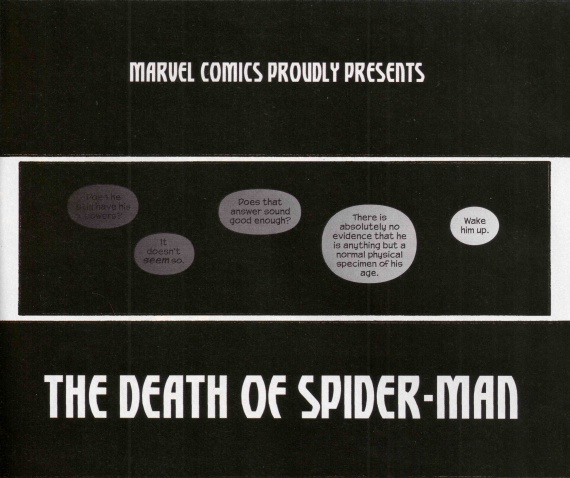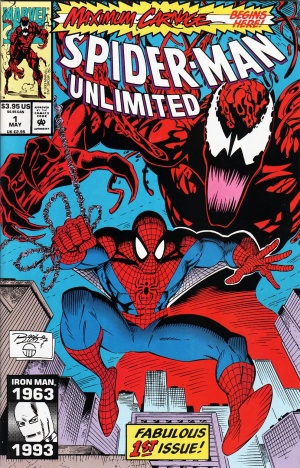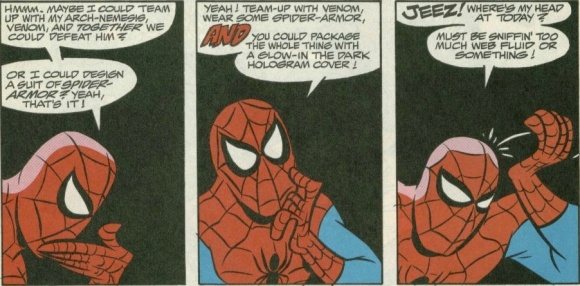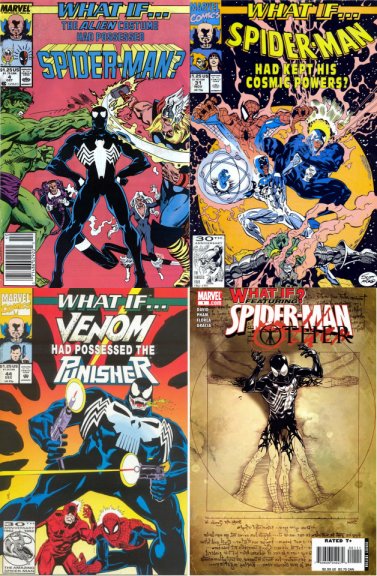
Villains Reborn Part 4: Only the Good Die Young
April 21st, 2012 Posted by Gavok
Sorry for the extended break. Last time, I finished off Kurt Busiek’s knockout run on Thunderbolts, ending at #33. While Mark Bagley stays on board for a little while longer, the new writer is Fabian Nicieza. Nicieza is a great writer (listen, he’s posted in previous comment sections, so he might be reading this. Follow my lead) that you can usually count on. His pro is his great grasp on making characters interesting. His con is his habit of making plots a little too confusing and complex at times. Like, I loved his Cable/Deadpool run, but he had a thing for introducing maguffins that needed three pages of exposition to set up. After those three pages, I’d come out cross-eyed. Odds suggest he ghost-wrote Inception. One of the great things here is that Nicieza simply picks up where Busiek left off, not choosing to kill the setup for his own specific take. It’s very seamless.
While they are still investigating the Beetle appearances that have popped up in the media, the Thunderbolts continue to try and make themselves look better in the public eye. Hawkeye publicly states that they’re going to bring in the Hulk, a statement that the others aren’t so pleased with. Luckily, he has a plan. He has Moonstone in street clothes confront Bruce Banner and try to talk him into turning himself in for the betterment of society. Banner doesn’t agree, refusing to give up his freedom so the Thunderbolts can gain brownie points and turns to leave. Unfortunately, this guy named Clay Brickford is in town and he has a tense history with Banner and the Hulk. Without thinking, he punches Banner, who transforms and skips the scene.

The team of Hawkeye, Moonstone, Songbird and Atlas more or less fight Hulk to a draw. They use teamwork to set up an attack meant to exhaust and knock him out, he lashes out in a way that takes them all out, jumps away, then collapses and turns into Banner. Hawkeye is partially buried under wreckage and when that Clay guy shows up to kill Banner, Hawkeye fires an arrow into Banner’s shoulder, knocks him off a ledge and onto the top of a moving truck, where he rides off to freedom. The team decides to regroup, accepting that they failed. Still, that isn’t the real story of the issue.
Jolt and Charcoal are forced to sit things out so they can go to school instead. After school, they hang out with their friends – the kids who have previously asked the Thunderbolts for help – and the cliffhanger shows someone watching them through a sniper rifle.













